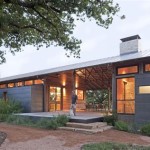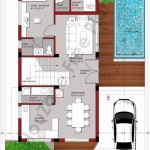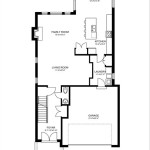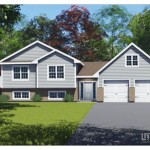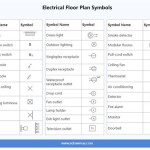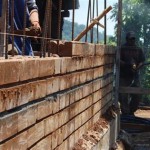The Essence of Traditional Thai Style House Plans
Traditional Thai style house plans embody the rich cultural heritage of Thailand, showcasing a harmonious blend of functionality, aesthetics, and environmental consciousness. These houses are not merely structures but living testaments to the values and traditions that have shaped Thai society for centuries.
Prominent Design Elements
Traditional Thai houses are characterized by several distinctive design elements:
- Elevated Floor: Houses are raised on stilts, providing protection from flooding and allowing for natural ventilation.
- Steep Roof: The roofs are typically steeply pitched, with intricate gables and overhangs that provide shade and protect from the elements.
- Ornate Facade: The facades are often decorated with elaborate carvings, paintings, and colorful tiles.
- Open Floor Plan: The interior layout is open and spacious, with rooms separated by movable partitions.
Materials and Construction
Traditional Thai houses are traditionally constructed using natural materials such as:
- Teakwood: Durable and resistant to termites, teakwood is used for structural elements, flooring, and furniture.
- Bamboo: Used for walls, ceilings, and flooring, bamboo is lightweight and flexible.
- Thatch: Made from dried palm leaves or grasses, thatch is used for roofing.
- Terracotta tiles: Used for roofing, terracotta tiles provide insulation and protection from rain.
Environmental Considerations
Traditional Thai house plans prioritize environmental sustainability:
- Natural Ventilation: The elevated floor and open layout allow for natural air circulation, reducing the need for air conditioning.
- Thermal Insulation: Thatched roofs and bamboo walls provide insulation, keeping the house cool in the summer and warm in the winter.
- Water Conservation: Rainwater is collected and stored for domestic use, reducing water consumption.
Cultural Significance
Traditional Thai houses are more than just physical structures. They hold deep cultural significance:
- Symbol of Status: Elaborate houses reflect the owner's social and economic status.
- Community Spaces: The open floor plan facilitates community gatherings and ceremonies.
- Respect for Spirits: Thai culture believes that houses are inhabited by spirits. Special rituals and offerings are performed to appease these spirits.
Modern Interpretations
While traditional Thai house plans remain popular, contemporary adaptations have emerged:
- Modern Materials: Concrete and steel are incorporated into construction, while maintaining traditional design elements.
- Interior Modifications: Open floor plans are combined with modern amenities, such as kitchens and bathrooms.
- Sustainability Enhancements: Solar panels, energy-efficient appliances, and rainwater harvesting systems are integrated to promote sustainability.
Conclusion
Traditional Thai style house plans exemplify the harmonious fusion of aesthetics, functionality, and environmental consciousness. They embody the cultural values and traditions of Thai society, creating living spaces that are both beautiful and sustainable. While modern adaptations have emerged, the essence of these plans continues to inspire and influence contemporary Thai architecture.

Thailand Villa Floorplan And Layout Thai Design

20 Modern Thai House Design Ideas To Inspire Your Es Village Traditional Plans

Traditional And Modern Design In A Thai Stilt House Living Asean

Wood Home Design As Thai Traditional House Asian Tropical Style 3d Model Cgtrader

Thai House Plans 3 Bedroom Bathroom

Thai House Village Design

Traditional And Modern Design In A Thai Stilt House Living Asean

Traditional Thai Style House Plans

Traditional Thai Style Houses Blogs

Traditional Thai Style Sala Design And Construction Garden


